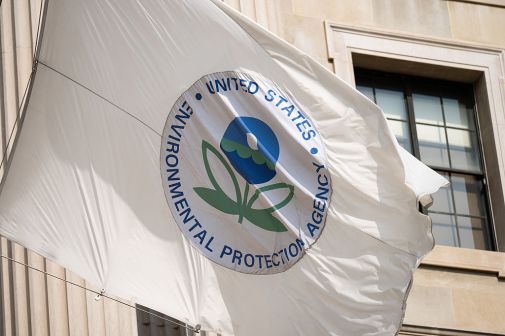EPA touts early success of digital services pilots
The Environmental Protection Agency’s new digital services pilot teams have already made a mark, agency officials tell FedScoop — accelerating a project to replace the agency’s paper-based method of tracking the movement of potentially harmful materials with an online portal.
Working with EPA’s Office of Solid Waste and Emergency Response, as well as the General Services Administration’s 18F, the pilot teams helped ramp up development of the Hazardous Waste Electronic Manifest, or eManifest, system. Now, the office is using short, iterative sprints and working with potential users to prepare the portal for deployment.
“Internally at EPA, because it’s kind of a showcase project for us … people have been joining in just to watch the sprints and follow the agile practice along,” EPA Chief Technology Officer Greg Godbout said in an interview last week.
EPA Chief Information Officer Ann Dunkin tells FedScoop the public can see the eManifest project’s Trello board — which the digital services pilot team uses to collaborate — or view its source code on GitHub.
While a 2012 law required the agency to stand up eManifest by last week, the agency has already said that it was unlikely to meet the deadline as it “has not received appropriated funding to date for this program.” The agency says the portal could save states and industry more than $75 million per year.
Separately, EPA tapped the pilot teams’ expertise as it launched an early version of the online E-Enterprise for the Environment portal two weeks ago. Officials hope the platform, currently still in development, will eventually make it easier for businesses and state and tribal regulators to share and report regulatory data.
As part of E-Enterprise, EPA’s Office of Environmental Information is providing coaching to state and federal teams that are investigating ways to streamline environmental regulation processes. When the teams develop their mini-pilots, the agency can decide whether to provide the project with more funding. Duncan said it’s critical for the agency to take these calculated risks and then re-evaluate.
“That’s a really important message that the government has trouble with,” Dunkin said. “It’s OK to figure out something that doesn’t work — as long as you figure it out quickly.”
Earlier this year, EPA outlined plans to launch five digital services pilots, including a business/product delivery consulting unit and a fellowship program. Other agencies, including the departments of Veterans Affairs and Homeland Security, have created their own digital services teams.






